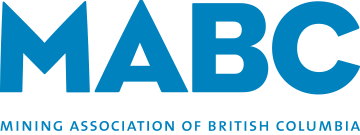The products of the mining industry help build the highways,electrical and communications networks,housing, automobiles, consumer electronics and other products and infrastructure essential to modern life.
Some samples of consumer application that rely on mining products:
- Batteries—nickel, cadmium, lithium, cobalt
- Circuitry—gold, copper, aluminum, steel, lithium, titanium, silver, cobalt, tin, lead, zinc
- Computer/TV screens—silicon, boron, lead,barium, strontium, phosphorus, indium
- Cosmetics and jewellery—iron oxide, kaolin, zinc, titanium, dioxide, gold, diamonds, copper
- Electricity—coal, uranium
- Eyeglasses—limestone, feldspar, soda ash
- Leather clothing—borax, chromium, zirconium, aluminum, titanium oxide
- Musical instruments—copper, silver copper, silver, steel, nickel, brass, cobalt, copper, iron, aluminum
- Sports equipment—graphite, aluminum, titanium, calcium carbonate, sulphur
- Sun protection—zinc oxide
- Steel—nickel, iron ore, zinc for rustproofing
- Vehicles and tires—steel, copper, zinc, barium, graphite, sulphur, bromine, iodine
- Wind, solar, hybrids—nickel, aluminum, lithium, gallium, indium, germanium
Information courtesy of Mining Association of Canada, Facts + Figures 2011


